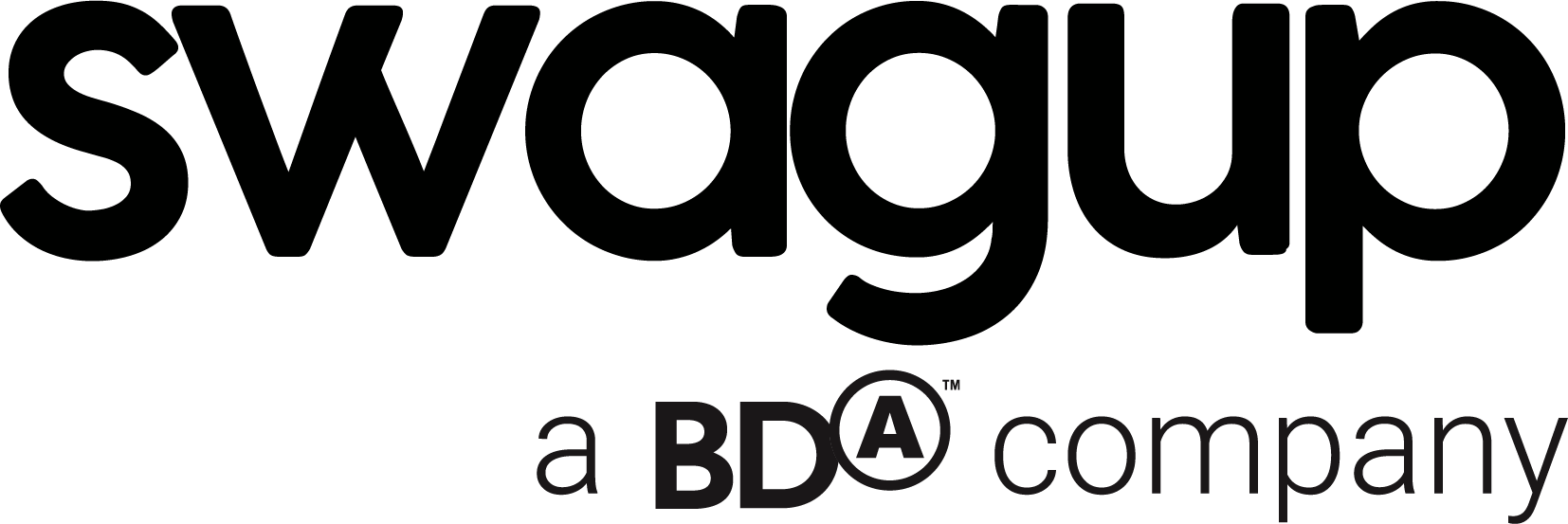
May is Mental Health Awareness Month, and smart organizations understand the importance of prioritizing mental health all year round. Fostering a positive, inclusive workplace helps companies attract and retain top talent, and prioritizing mental health care is a crucial piece of that equation.
💡Download Our Employee Engagement & Swag Calendar Here
Consider the fact that nearly 50 million American adults (or 19.86% of that population) experienced a mental illness in 2019, according to Mental Health America’s 2022 report. The Covid-19 pandemic exacerbated the stressors in many people’s lives and blurred the lines between work and home.
Earlier this month, we shared 12 swag ideas that spotlight mental health. While swag serves as a great way to show your commitment and appreciation of your employees, swag alone cannot ensure that you are prioritizing mental health. Here are some other factors to consider implementing in the month of May and beyond.
Create a dialogue
Make sure that your 1:1 checkins with employees aren’t all about work. Although every employee has a right to privacy when it comes to their health, managers can still invite team members to express how they are feeling, what’s making them feel overwhelmed, and so on. Managers shouldn’t ask specific questions about mental health, but they can encourage employees to seek help if needed and point them to the company’s mental-health resources.
Encourage PTO
Consider offering unlimited paid-time off or a generous PTO plan, so that employees can take mental-health days off when needed, no questions asked. The last thing you want is someone coming into work when they aren’t in a good place, because they are nervous about using scarce sick days. You can also consider implementing Summer Fridays or floating self-care days to further prevent burnout.
Offer flexible work options
Think about how much you actually need your employees in the office or online, and design flexible work programs around those requirements. Many companies have allowed employees to work from home permanently or adopt a hybrid schedule. Other organization are experimenting with full- or part-time asynchronous work, which means that employees get their work done on their own time and don’t have to be available during all of the traditional working hours.
Tracking employee hours becomes more flexible as well, with time clock apps and other digital tools enabling accurate timekeeping regardless of the work location or schedule. This approach promotes work-life balance and empowers employees to deliver their best performance while ensuring accountability through efficient tracking of working hours.
Extend mental health coverage
In your employees’ healthcare packages, ensure that there is coverage for behavioral or mental health treatment. Mental health care can be very expensive, and your employees will be more likely to seek help if it’s covered by their insurance package. Another idea is offering employees access to mental health apps, though we recommend this as a supplement to, rather than a substitute for, mental health insurance.
Foster a sense of belonging
Employee bonding activities, retreats, employee resource groups (ERGs), and mentorship programs can ensure that employees feel less alone, which benefits remote and in-office workers alike. ERGs, which should be employee-led, can foster a feeling of community for people who share a characteristic. ERGs can be formed around gender, identity, interests, lifestyle, and more.
For more ideas about fostering employee engagement, visit the SwagUp blog and subscribe to our newsletter.





